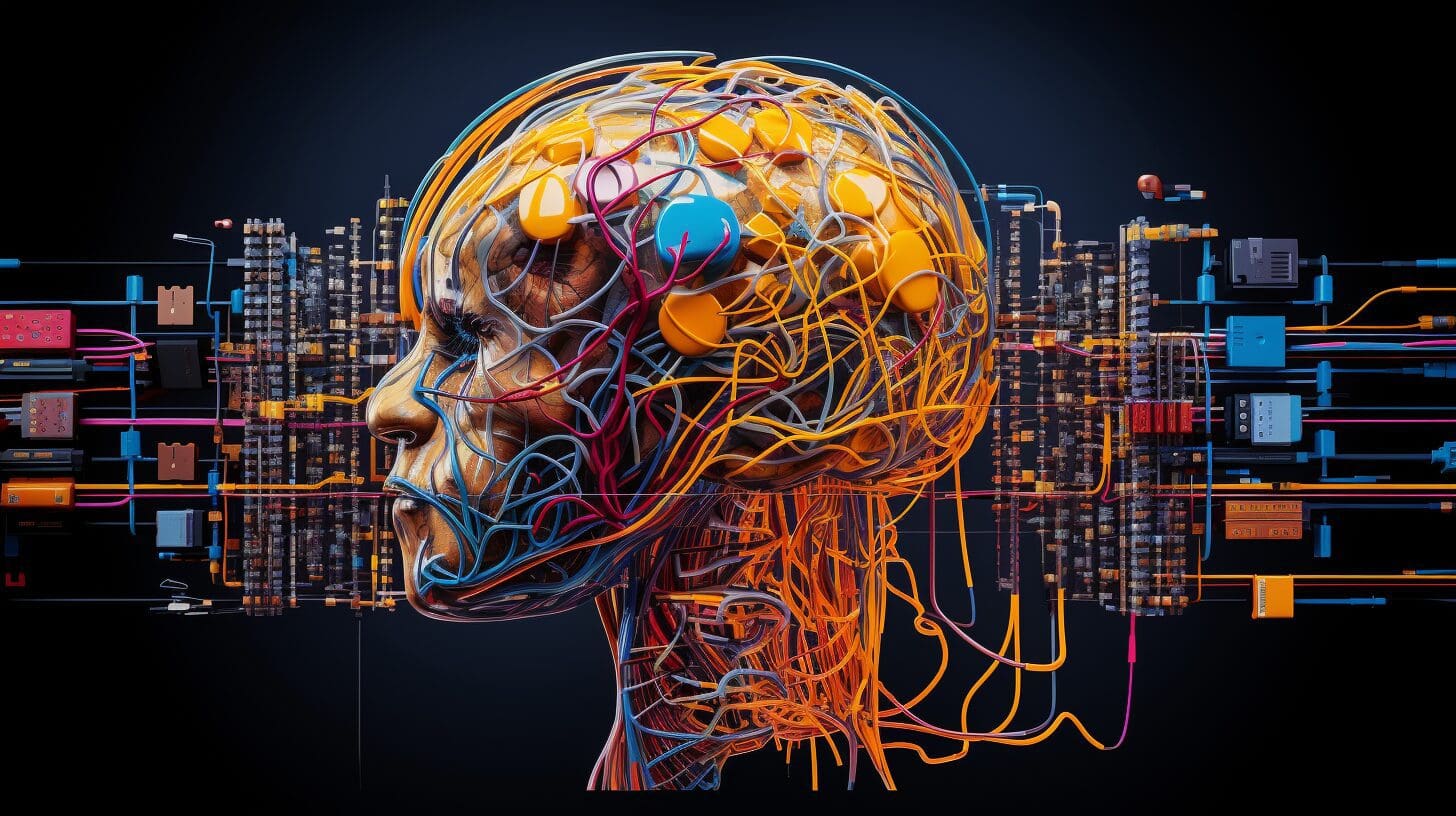Reinforcement learning algorithms are an engaging branch of machine learning that allows computers to learn via a process of trial and error, receiving rewards for good actions and punishments for bad ones. It’s similar to playing a game: you gain points when you make the right moves, but you lose points when you make mistakes. These algorithms are more than just a game, though. They provide a means for computers to improve their performance, progressively learning from their mistakes to make better decisions. We’re going to dive deeper into the world of reinforcement learning algorithms, exploring the intricacies of how they operate and how they’re applied in different scenarios.
Diving into The Reward System
A fundamental part of reinforcement learning algorithms is the reward system. This is where the computer gets positive reinforcement (points) for every good decision it makes, and negative reinforcement (deduction of points) for every poor decision. This system guides the computer, helping it learn and improve over time. Through the reward system, the computer can refine its strategy by adjusting its behavior based on the feedback it gets. In essence, it’s akin to learning from experience – by doing something well or poorly, the computer comes to understand what actions lead to success and what actions lead to failure.
Rich Applications of Reinforcement Learning Algorithms
Reinforcement learning algorithms are commonly associated with teaching computers to master games like chess. In this context, the computer plays games against itself over and over, refining its strategy each time based on the outcomes of previous games. By learning from its past mistakes and striving to improve, the computer eventually becomes an accomplished player. It knows which moves are likely to increase its points (win games) and which moves could cause it to lose points (lose games).
But don’t let the gaming analogy fool you; reinforcement learning algorithms are applied in many areas beyond. For instance, these algorithms are instrumental in enabling robots to figure out how to navigate mazes. In this case, the robot gets rewards for moving closer to the exit of the maze and penalties for bumping into walls or moving further away from the exit. Similarly, reinforcement learning algorithms play a crucial role in the development of self-driving cars, teaching them to make safe and efficient decisions on the road. Rewards and penalties in these scenarios are designed to promote safe and efficient driving, with rewards given for actions like staying within lanes and penalties for actions like getting too close to other vehicles.
Diverse Types of Reinforcement Learning Algorithms
There’s a wide array of reinforcement learning algorithms, including but not limited to:
- Value-based algorithms: These algorithms focus on determining the best possible move at any given time by evaluating the expected outcome (or value) of different actions.
- Policy-based algorithms: These algorithms focus on directly learning the best policy, which is a strategy that defines the best action to take under each possible state of the environment.
- Actor-critic algorithms: These are a hybrid type of algorithm that use both value and policy-based approaches. The ‘actor’ part of the algorithm decides what action to take, while the ‘critic’ estimates the value of the action, providing feedback to the actor.
Each type of algorithm carries its own set of strengths and weaknesses. The selection of which to use depends on the specific problem or task the computer is being trained to solve. The complexity of the environment, the number of possible actions, and the clarity of the feedback are all factors that influence which algorithm would be the most suitable choice.
Digging Deeper into Value-based Algorithms
Value-based algorithms focus on finding what’s known as the “optimal value function” – a fancy term that essentially represents the maximum expected future reward for each possible action in each possible state. An example of a value-based algorithm is Q-learning. In Q-learning, the ‘Q’ stands for quality of action – essentially, how good it is to take a certain action in a certain state. The algorithm learns by continuously updating the Q-values based on the reward it gets for taking an action, thereby gradually improving its understanding of what actions to take to maximize its rewards.
Unpacking Policy-based Algorithms
Policy-based algorithms, on the other hand, work a bit differently. Instead of estimating the value of each action, these algorithms aim to learn the optimal policy directly. A policy is a strategy that dictates the best action to take in each state. An example of a policy-based algorithm is the REINFORCE algorithm. The main idea behind REINFORCE is to adjust the policy in a direction that improves the expected return (rewards), thereby making the policy gradually better over time.
Understanding Actor-Critic Algorithms
Actor-Critic algorithms, as the name suggests, consist of two main components – an actor and a critic. The actor decides what action to take, while the critic evaluates the action and gives feedback to the actor. This allows the algorithm to learn both the value function and the policy, combining the strengths of both value-based and policy-based approaches. An example of an actor-critic algorithm is the Advantage Actor Critic (A2C) algorithm. The A2C algorithm uses the feedback from the critic to adjust the policy in the actor, making it a powerful approach for many reinforcement learning tasks.
Wrapping Up: The Power of Reinforcement Learning Algorithms
In summary, reinforcement learning algorithms are a powerful means of enabling computers to learn from their experiences, gaining rewards for correct actions and punishments for incorrect ones. They have an incredibly wide range of applications, from mastering games to safely driving cars, to helping robots navigate mazes. These algorithms, with their ability to learn and improve over time, are a key pillar of today’s rapidly advancing technological landscape. Understanding how these algorithms work and how they can be used gives us the ability to continue pushing the boundaries of what’s possible with machine learning.






![Python Decorators Unleashed [eBook]](https://datasciencehorizons.com/wp-content/uploads/2023/10/python_decorators_unleashed_ebook_header-150x150.webp)




